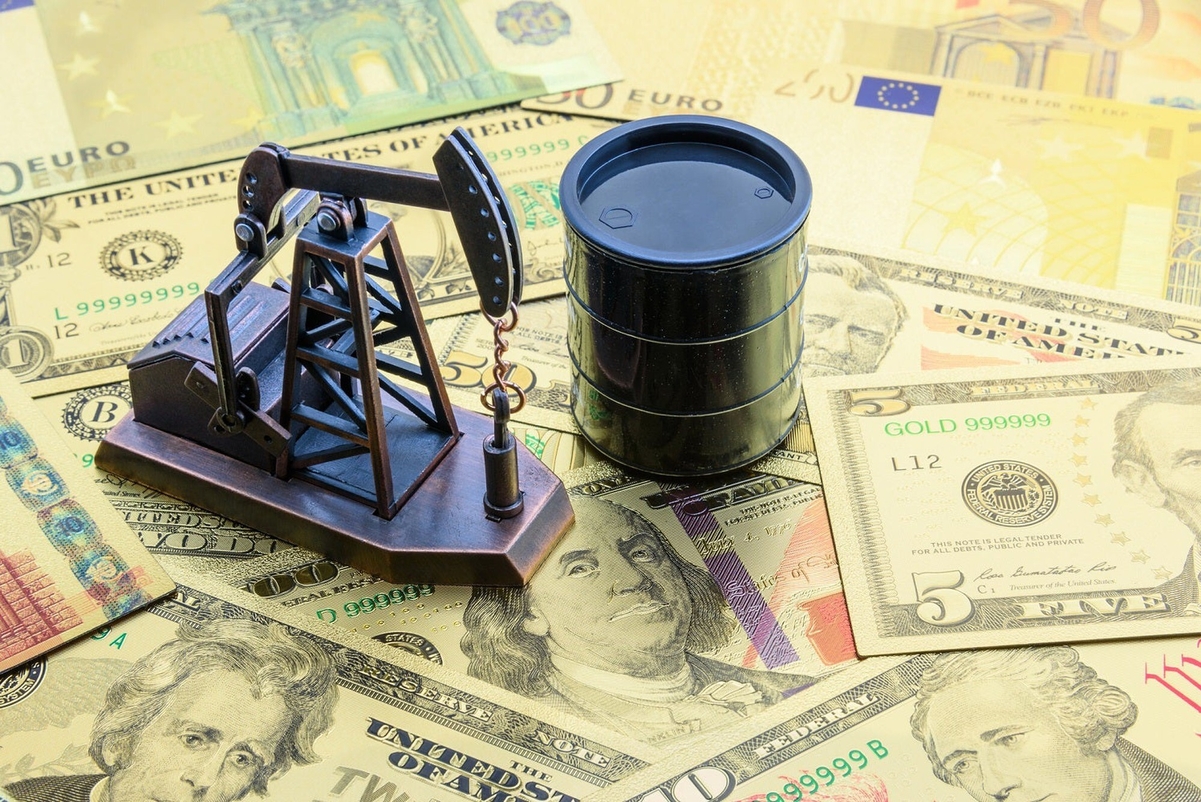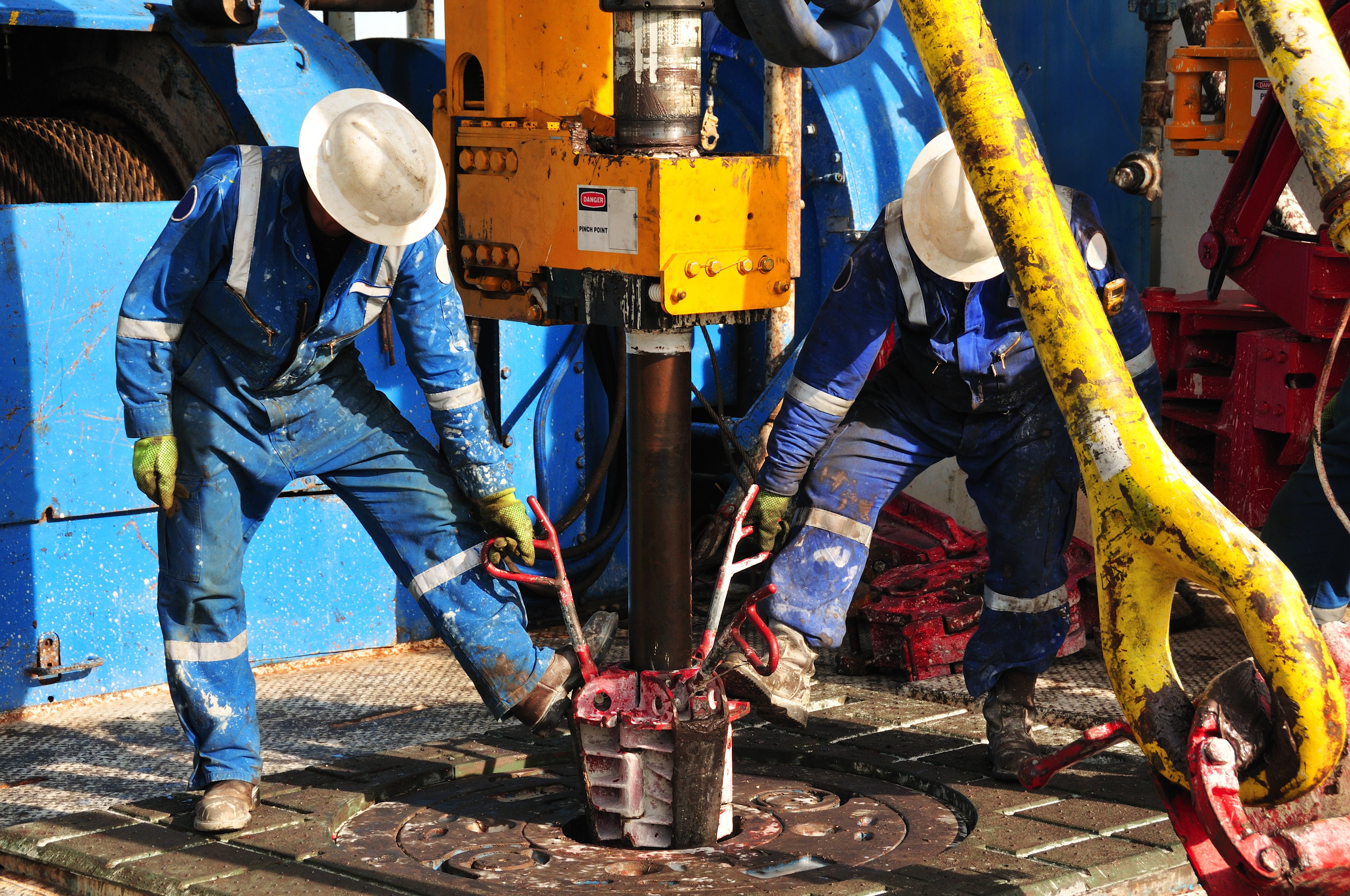Oil companies and their investors were downright giddy heading into 2017. Crude prices were finally back over $50 a barrel, which would give most producers the cash needed to return to growth mode. While that optimism faded when oil prices dipped into the low $40s earlier this year, they've come roaring back. The U.S. oil price benchmark, West Texas intermediate (WTI), was recently over $57 per barrel, while the global benchmark, Brent, was above $63. That put WTI up about 8% for the year, with Brent rising nearly 20%. With most oil companies having reset themselves to run on $50 oil, those price points suggest 2018 could be an outstanding year for producer profitability.
However, the International Energy Agency (IEA), an organization founded to help member countries respond to oil supply disruptions, recently warned that the industry shouldn't get too comfortable with where oil is at the moment. Even though OPEC recently extended its production reduction agreement, the IEA predicts that oil supplies would once again outpace demand early next year. If that forecast comes to fruition, it could weigh on oil prices. Yet the report anticipates the status quo, which is never how things in the oil market shake out.

Image source: Getty Images.
Drilling down into the latest report
On the one hand, the IEA's most recent oil market report showed that it's at its healthiest level in years. The IEA reiterated its forecast that demand should grow about 1.6% this year and another by 1.3% next year. It also noted that while oil supplies rose in November and were at their highest level of the year, they're still down from last year thanks to OPEC's efforts. Meanwhile, oil storage stockpiles fell to their lowest level since July of 2015, though they remain a bit above the five-year average.
That excess inventory is a bit of a concern given what the IEA sees over the horizon. It noted that U.S. oil supplies recently reached their highest level since April of 2015 as shale drillers continued recovering. Furthermore, shale production appears poised to head higher in the coming months despite the fact that some drillers tapped the brakes earlier in the year when crude slipped into the $40's. In fact, the IEA expects that shale drillers will produce such a gusher early next year that global supplies will outpace demand by about 200,000 barrels per day in the first half of the year, suggesting that already stocked oil storage depots will start refilling. That led the IEA to conclude, "our current outlook 2018 may not necessarily be a happy New Year for those who would like to see a tighter market."
Shale drillers might have finally learned their lesson
However, the IEA's forecast makes two critical assumptions. First, it sees shale drillers keeping their foot on the gas in 2018. Though, it noted that the "flexibility and ingenuity of the shale sector raises challenges to forecasters," pointing out that many drillers have promised "moderation" instead of full throttle drilling as oil prices improve. If drillers do hold back more than expected, it could cause production growth to come in less than it anticipates.
That's growing increasingly likely since many vowed to stick to their current plans, which they've set to run on the cash flow generated at $50 oil. Any excess would probably go toward paying down debt or returning money to shareholders. That certainly appears to be the case at Devon Energy (DVN 2.27%), which is one of several drillers to put a priority on drilling for returns and not production growth. As such, Devon set its budget to be between $2 billion to $2.5 billion, which it can finance with cash flow at $50 oil. Meanwhile, any excess cash generated above that level would likely go toward meeting the objectives of Devon's 2020 Vision, which includes reducing debt and returning money to shareholders.
Likewise, Encana (ECA 2.81%) set its business up to grow cash flow, not production, at $50 oil. The company currently anticipates that it can increase cash flow by a 25% compound annual rate through 2022 at $50 oil, which should generate a cumulative $1.5 billion in excess cash over that time frame. Furthermore, Encana's plan would be cash flow neutral in 2018 at $50 oil, suggesting that at current prices it would start generating excess cash ahead of schedule.

Image source: Getty Images.
Expect the unexpected
In addition to expecting shale drillers to have a big year, the IEA's forecast also assumes that there won't be any unanticipated global supply disruptions. However, that's unlikely, given that outages are frequent occurrences in the oil patch. In the past few years, wildfires in western Canada; civil strife in Venezuela, Nigeria, and Libya; and hurricanes in the Gulf of Mexico have all disrupted supply. Any of those same issues could reoccur in 2018, as could any number of new ones. If a substantial supply outage were to happen early enough in the year, it could quickly wipe out the anticipated glut.
2018 could still be better than expected
While the IEA sees a return of an oversupplied oil market early next year, that doesn't necessarily mean it will happen, nor that it will put downward pressure on oil prices. However, even if it does, most producers are planning to run their business on $50 oil next year, so anything over that would mean more money in their bank accounts. As a result, 2018 could still be a very happy new year for the oil industry.






